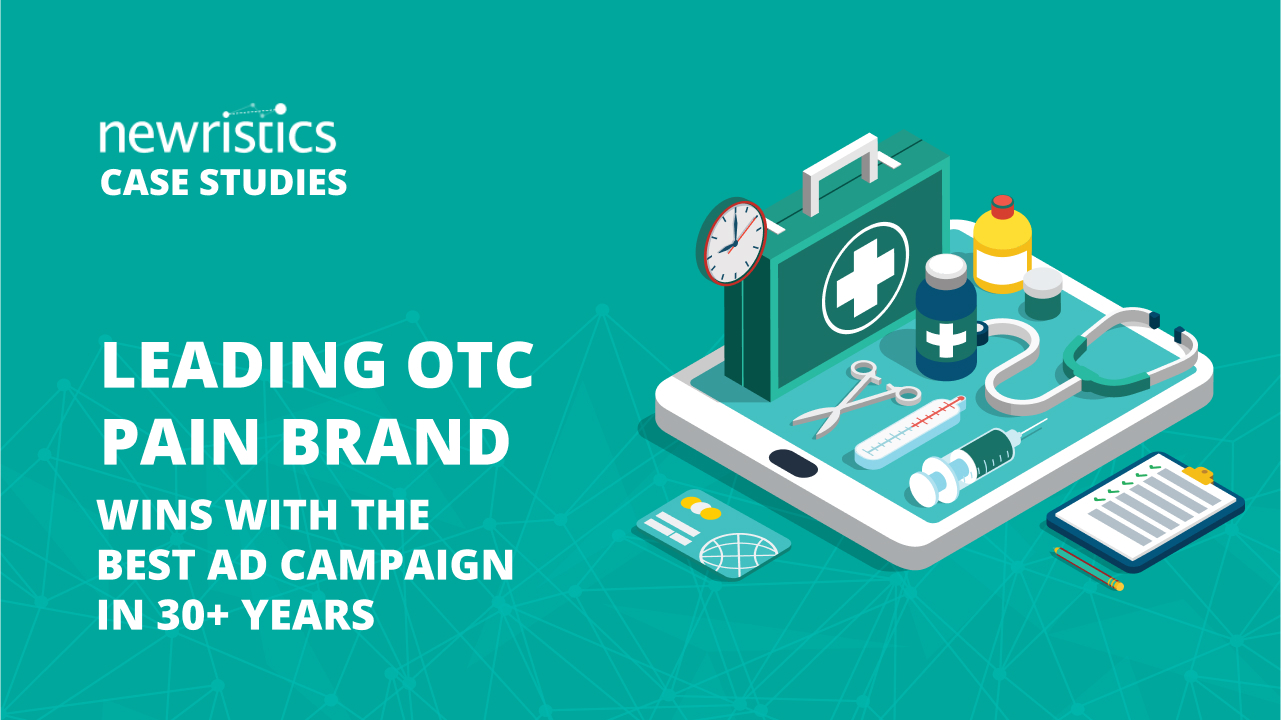Could Framing Effect be impacting consumer decision-making?

A frame of reference can change the way we respond to ideas or messages. In behavioral science, there have been experiments done where Framing Effect can change the way people evaluate products, services, or experiences. This change has even been measured quantitatively.
Frames present information in positive and negative ways or highlight it as gains or losses in the simplest sense. Frames also go beyond that and contextualize information like the value of a product or a decision, by putting it into a context. People pay different levels of attention to frames and that influences decision-making.
Frames draw attention to a specific perspective and trigger thought patterns by highlighting specific information. Looking at a glass as half full versus half empty is an example of positive and negative framing. Both perspectives are unique ways to evaluate the same information.
People change their decisions based on framing. When presented with 2 similar or equal options, people avoid risks with positively framed options and take risks with negatively framed options. They generally prefer sure gains but avoid sure losses.
 Blog posts
Blog posts Newristics
Newristics
 09 September 2019
09 September 2019

 Back
Back Share
Share






 Case Studies
Case Studies

 Video
Video

 Webinars
Webinars



